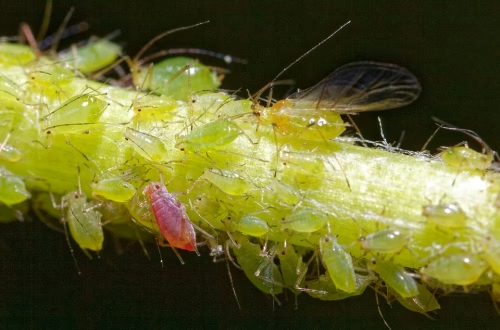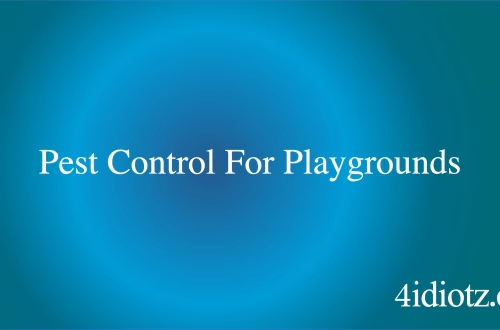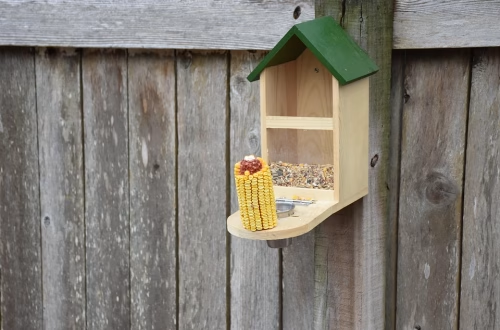Summary:
Pest control in rental properties is a critical issue affecting landlords, tenants, and property managers. Effective pest management not only ensures a safe and habitable environment but also complies with state and federal housing laws. Common pests like rodents, insects, and bed bugs can cause significant health risks and property damage if left unchecked. Proactive strategies, such as regular inspections and professional treatments, can prevent infestations and protect both the property’s value and the tenants’ well-being. Understanding these methods and their legal implications is essential for anyone involved in rental property management.
What This Means for You:
- Landlords must ensure their properties meet health and safety standards to avoid legal liabilities.
- Tenants should report pest issues promptly to prevent infestations from worsening.
- Property managers should implement preventive measures and hire qualified pest control professionals.
- Ignoring pest problems can lead to costly repairs and reputational damage for property owners.
Pest Control For Rental Properties Explained:
”Pest Control For Rental Properties” Explained: Pest control for rental properties involves the systematic management of pests like rodents, insects, and other nuisances to maintain a safe and habitable living environment. It is a shared responsibility between landlords and tenants, with landlords typically responsible for addressing infestations and tenants expected to maintain cleanliness to prevent pest attraction. This process often includes inspections, preventive measures, and professional treatments to ensure compliance with housing laws and protect the property’s value.
Proper pest control in rental properties is not just about eliminating existing infestations but also about preventing future ones. This includes educating tenants about proper waste disposal, sealing entry points, and scheduling regular pest inspections. By taking a proactive approach, landlords can minimize risks and ensure their properties remain attractive to tenants.
Types of Pest Issues:
Common pests in rental properties include rodents, cockroaches, bed bugs, ants, and termites. Rodents, such as mice and rats, can pose serious health risks by spreading diseases and contaminating food. Cockroaches and ants are often attracted to food residues and poor sanitation, while bed bugs can hitchhike into properties through luggage or furniture, causing discomfort and anxiety for tenants.
State and federal laws often dictate specific responsibilities for landlords and tenants regarding pest control. For example, the HUD (U.S. Department of Housing and Urban Development) requires landlords to provide habitable living conditions, which include being free from pests. Some states, like California, have additional regulations that outline specific pest control responsibilities. Understanding these laws is crucial for landlords to avoid legal disputes and ensure compliance.
Common Pest Control Methods:
Effective pest control methods for rental properties include preventive measures, regular inspections, and professional treatments. Preventive measures include sealing cracks and gaps, proper waste management, and educating tenants about cleanliness. Regular inspections help identify potential issues early, allowing for timely interventions.
Professional pest control services are often necessary for severe infestations. These services may include chemical treatments, baiting systems, and heat treatments for bed bugs. Integrated Pest Management (IPM) is a popular strategy that combines preventive measures with targeted treatments to minimize the use of chemicals and reduce environmental impact.
Risks and Consequences:
Ignoring pest issues can lead to severe consequences, including health risks, property damage, and legal liabilities. Pests like rodents and cockroaches can spread diseases such as salmonella and hantavirus, while termites can cause structural damage to the property. Tenants may suffer from allergies, bites, or psychological distress, which can lead to complaints or legal action.
From a financial perspective, unchecked pest problems can result in costly repairs and lower property values. Additionally, landlords may face fines or penalties for failing to comply with housing laws. Addressing pest issues promptly is essential to protect both the property and the well-being of tenants.
Choosing a Pest Control Service:
Selecting the right pest control service is critical for effective management. Look for licensed professionals with experience in handling rental property pest issues. Ensure the service provider uses safe and environmentally friendly methods, especially in occupied properties.
It’s also important to choose a company that offers tailored solutions based on the specific pest problem and property type. A reputable pest control service will provide a detailed inspection, treatment plan, and follow-up services to ensure the infestation is fully resolved.
People Also Ask About:
- Who is responsible for pest control in a rental property? Typically, landlords are responsible for addressing pest infestations, while tenants must maintain cleanliness to prevent pests. Specific responsibilities may vary by state.
- Can tenants break a lease due to pest problems? In many cases, tenants can break a lease if the landlord fails to address serious pest issues that make the property uninhabitable. Check local laws for specifics.
- How often should rental properties be inspected for pests? Regular inspections every 3–6 months are recommended to catch potential issues early and prevent infestations.
- What are the most common pests in rental properties? Common pests include rodents, cockroaches, bed bugs, ants, and termites, each requiring specific control methods.
- Are DIY pest control methods effective? DIY methods can work for minor issues, but severe infestations usually require professional treatment to ensure complete eradication.
Expert Opinion:
Proactive pest management is essential for maintaining the value and habitability of rental properties. Landlords should prioritize regular inspections and preventive measures to avoid costly infestations. Tenants play a crucial role by maintaining cleanliness and reporting issues promptly. With the right strategies and professional support, pest problems can be effectively managed, ensuring a safe and comfortable environment for all parties involved.
Related Key Terms:
- pest control for rental properties California
- landlord responsibilities for pest control
- how to prevent pests in rental homes
- professional pest control services for landlords
- tenant rights pest infestation
- bed bug treatment for rental properties
- best pest control methods for apartments
Pest Control Disclaimer
This content is for educational purposes only and does not replace professional pest inspection, treatment, or safety advice. Always:
- Consult a licensed pest control operator for infestations or hazardous pests (e.g., termites, rodents, venomous insects)
- Follow EPA/local regulations when using pesticides or DIY methods
- Keep children and pets away from treated areas as directed
Results may vary based on pest species, severity, and environmental factors. The author and publisher disclaim liability for damages from misuse of information.
*Featured image sourced by Pixabay.com




